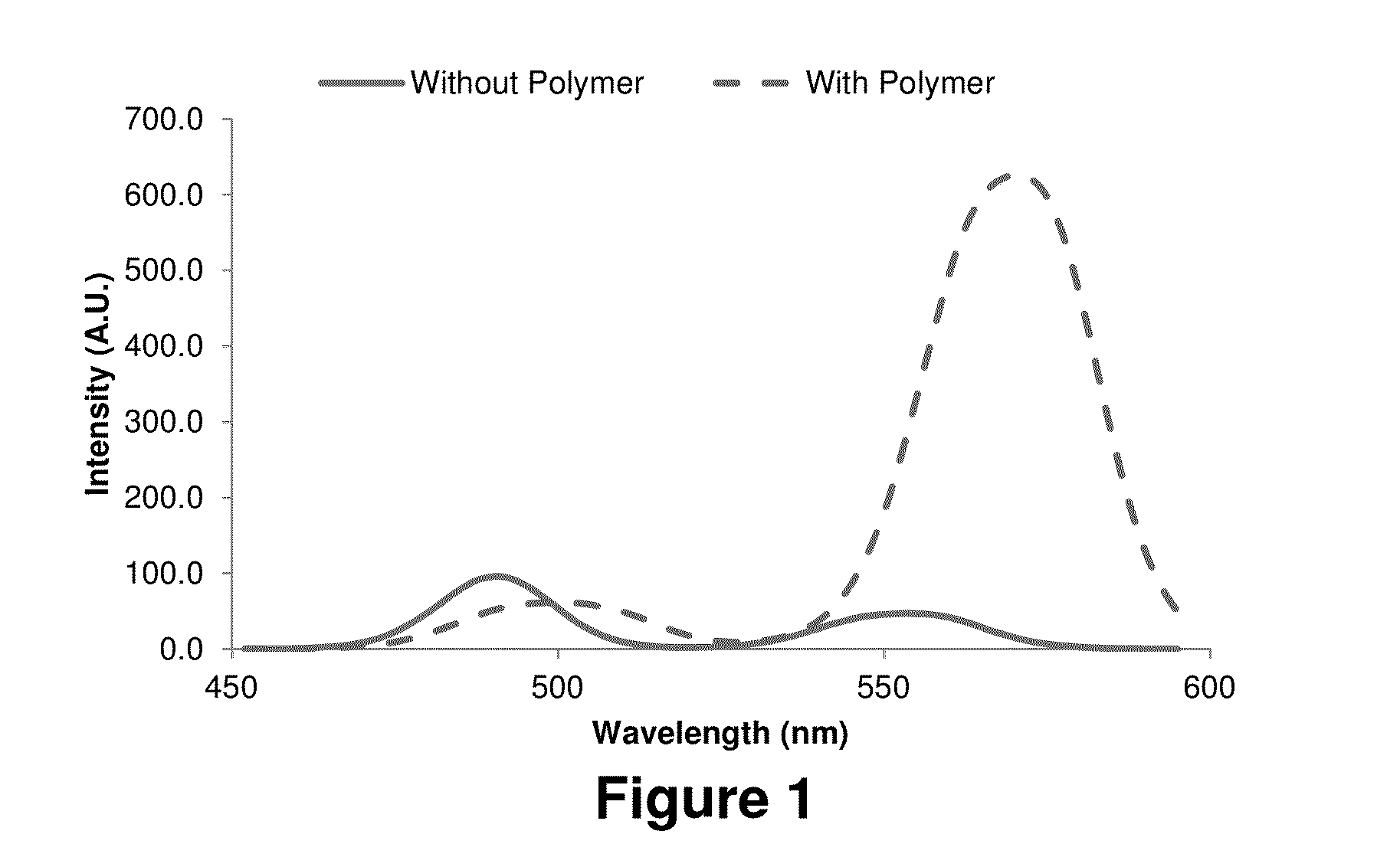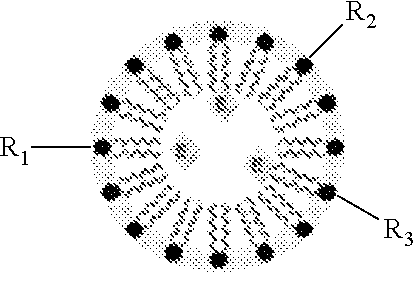Hypoxia-Targeted Polymeric Micelles For Cancer Therapy And Imaging
a cancer therapy and imaging technology, applied in the field of hyperoxia-targeted polymeric micelles for cancer therapy and imaging, can solve the problems of myelosuppression, immunosuppression, and accumulation within the hypoxic environment, and achieve the effect of reducing the number of tumors, and improving the survival ra
- Summary
- Abstract
- Description
- Claims
- Application Information
AI Technical Summary
Benefits of technology
Problems solved by technology
Method used
Image
Examples
example i
[0058]This example illustrates the preparation of a PMC targeted to hypoxia.
Step 1: Synthesis of 1-(3-phthalimidopropyl)-2-nitroimidazole
[0059]A mixture of 5.36 parts 2-nitroimidazole, 13.39 parts N-(3-bromopropyl)-phthalimide and 11.85 parts N,N-diisopropylethylamine is heated at reflux in a preheated oil bath maintained between 155-160° C. under an argon atmosphere for 3 hours and 45 minutes. The mixture is allowed to cool to room temperature and solidify. The solid is broken up and stirred with DI water. The solid is air-dried for 4 hours at room temperature followed by at 40° C. for 18 hours. The structure is confirmed by NMR spectroscopy.
Step 2: Synthesis of 1-(3-Aminopropyl)-2-nitroimidazole
[0060]A solution of 0.15 parts anhydrous hydrazine in anhydrous ethanol (1 mL) is added to a refluxing solution of 0.14 parts 1-(3-phthalimidopropyl)-2-nitroimidazole obtained in step 1 in anhydrous ethanol (5 mL) and refluxed for 2 hours. The mixture is concentrated to dryness at ˜30° C. u...
example ii
[0063]This example illustrates the preparation of a PMC targeted to hypoxia modified with the covalent attachment of an imaging agent and photosensitizer.
Synthesis of 1-(3-Aminopropyl)-2-nitroimidazole with Rose Bengal and
[0064]A solution of 0.15 parts anhydrous hydrazine in anhydrous ethanol (1 mL) is added to a refluxing solution of 0.14 parts 1-(3-phthalimidopropyl)-2-nitroimidazole obtained in step 1 of Example I in anhydrous ethanol (5 mL) and refluxed for 2 hours. The mixture is concentrated to dryness at ˜30° C. under reduced pressure. The residue is slurried with dichloromethane (20 mL) for 30 minutes, and the solid filtered and washed twice with dichloromethane (5 mL). The filtrate is combined and concentrated to dryness at ˜30° C. and dried under vacuum for 1 hour.
[0065]A solution of 10 parts 1-(3-aminopropyl)-2-nitroimidazole in dry DMF (2 mL) is added to a solution of poly(vinylbenzylchloride) in DMF (100 mL) under argon atmosphere and stirred for 18 hours. Th...
example iii
[0067]This example illustrates encapsulation of a hydrophobic drug within a PMC.
[0068]The PMC from Example I is used to encapsulate the following drug:
[0069]Drug A: (3Z)-3-{[3,5-dimethyl[propyl-1-ylcarbamoyl]-1H-pyrrol-2 methylidene}-5-fluoro-1,3-dihydro-2H-indol-2-one
[0070]The polymer is dissolved indeionized water or an aqueous buffer at a concentration of 0.010 g / mL. Drugs A is dissolved in DMSO at a concentration of 5 μg / μl. Drug A is added dropwise to the polymer solution with constant stirring at room temperature. The drugs are added over the course of 60 minutes resulting in a 2-5 fold molar excess over polymer. The solution is centrifuged to remove any precipitates and transferred to dialysis tubing with 10,000 MWCO. The solution is dialyzed against an aqueous buffer (50× volume) for 30 minutes.
[0071]The absorbance of the polymer-drug solution and dialysis buffer are recorded and compared to respective pre-dialysis samples by a UV / Vis spectrophotometer (polymer absorbance=28...
PUM
| Property | Measurement | Unit |
|---|---|---|
| Size | aaaaa | aaaaa |
| Size | aaaaa | aaaaa |
| Diameter | aaaaa | aaaaa |
Abstract
Description
Claims
Application Information
 Login to View More
Login to View More - R&D
- Intellectual Property
- Life Sciences
- Materials
- Tech Scout
- Unparalleled Data Quality
- Higher Quality Content
- 60% Fewer Hallucinations
Browse by: Latest US Patents, China's latest patents, Technical Efficacy Thesaurus, Application Domain, Technology Topic, Popular Technical Reports.
© 2025 PatSnap. All rights reserved.Legal|Privacy policy|Modern Slavery Act Transparency Statement|Sitemap|About US| Contact US: help@patsnap.com



